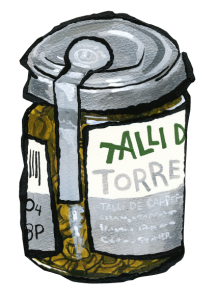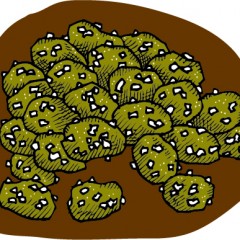
Val Talks Capers (pt. 2)
Val from Zingerman’s Mail Order talks about her caper-filled trip to Pantelleria, Italy.
Read more »
Val from Zingerman’s Mail Order talks about her caper-filled trip to Pantelleria, Italy.
Read more »
Val from Zingerman’s Mail Order talks about her caper-filled trip to Pantelleria, Italy.
Read more »
Zingerman’s Art for Sale